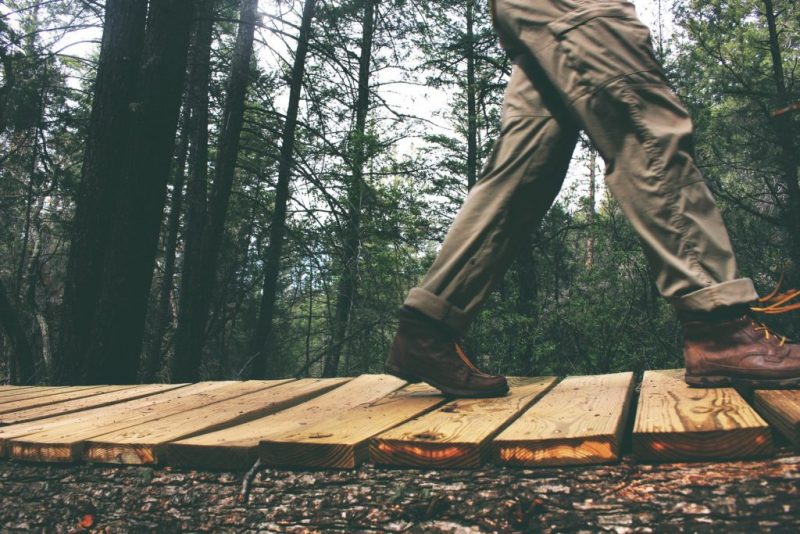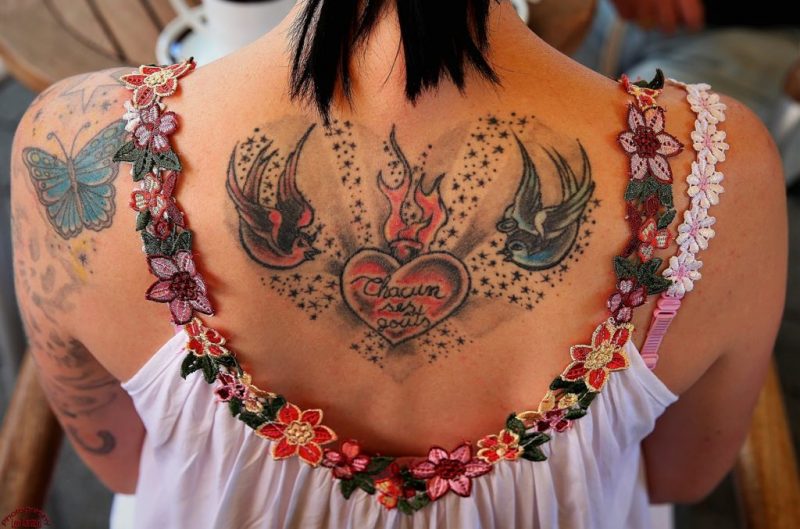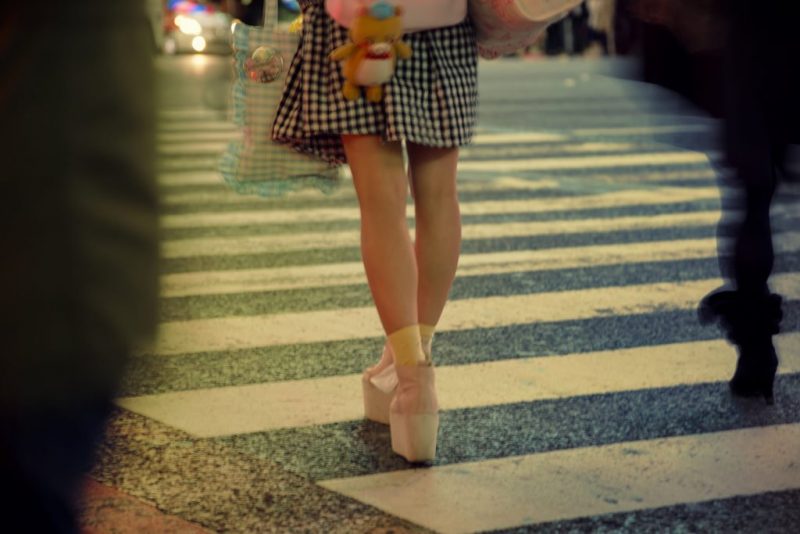Wherever we go, we are always faced with that dreaded question “What should I wear?” Well, have no fear because this guide will ease you through the tough decision of what to wear in Japan. On a trip to Japan, the attire really depends on the season you are visiting.
As temperatures vary from month to month it is important to get it right so that you do not find yourself without enough layers in winter or with too many in the warmer summer months. With cute and quirky designs, it should come as no surprise that Japan is a trend-setting nation. The younger generation tend to be more innovative with their clothing and you will come across a diverse range of styles which all adds to the fun.
What to wear in Japan – day to day?

When deciding what to wear in Japan, the first and probably most obvious tip is to dress comfortably. Unlike the locals, in one single day, you are likely to climb a lot of stairs, wait in a lot of queues, walk a lot of miles, and try a lot of food so you want to wear something comfortable. Walking shoes are a good idea particularly if you are planning on embarking on some hiking.
When traveling between November and February, dress for a cold winter including a warm coat, hat gloves, scarf, and layers. Layers are important because they will keep you warm in the outdoors and you can easily take them off when inside.
The summer can be extremely hot so make sure to wear light, airy clothes and cover the head and shoulders to avoid heat stroke.
For those who wish to dress like a local, black and grey are particularly popular colors in Tokyo whilst people tend to wear brighter colours elsewhere. Japanese clothing tends to be more conservative with high necklines and long shorts and skirts.
Tattoos in Japan
You may or may not be aware that tattoos are frowned upon in Japan. This dates all the way back to the Edo period when tattoos were used to separate criminals. Usually, the crime that was committed was tattooed onto a person so that the people were aware of what they had done. Tattoos were completely abolished and made illegal between 1872 and 1948. After this point they became distinctly associated to the Yakuza (Japanese mafia) which is why they are frowned upon to this day.
If you are a foreign visitor with tattoos, there is no need to be concerned. Many locals in the cities also have tattoos and it is a lot less taboo than it once was, however; if you have tattoos on the arms and legs, try to cover them in temples and restaurants. As a rule, those with tattoos will not be permitted into onsens or public swimming pools.

What to wear at special Sites in Japan
Temples and Shrines
When visiting temples and shrines, it is best to avoid wearing shorts or short skirts. Men should wear trousers and shoulders should be covered.
Onsen
If visiting an onsen (hot spring), it is important to note that guests cannot wear any clothing or swimsuits. This is for hygiene reasons and there are usually plenty of signs to advise guests of the rules. This may seem a little daunting at first but the onsen are a significant part of the Japanese lifestyle and a truly memorable experience.
The main thing to remember when packing for Japan is to dress for the season, wear comfortable footwear, bring layers and cover up in religious temples and shrines. Apart from that, you are good to go.













